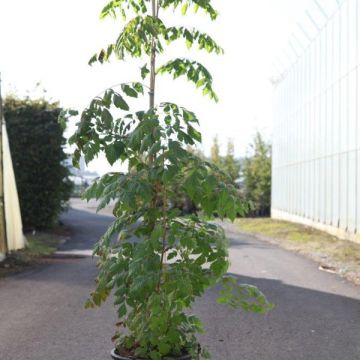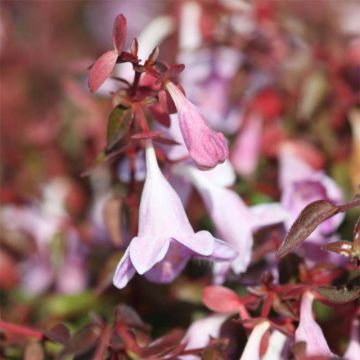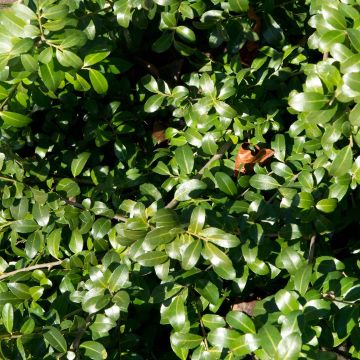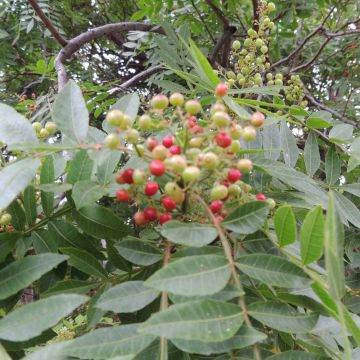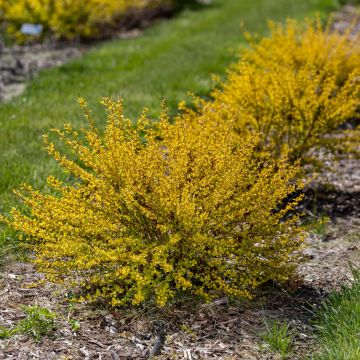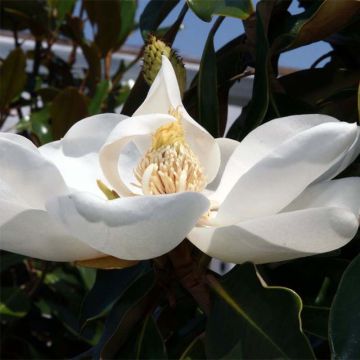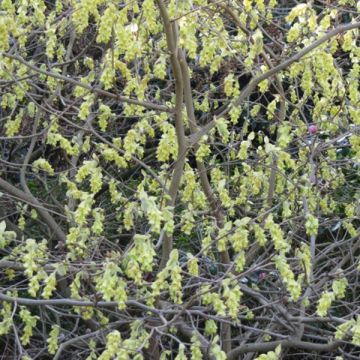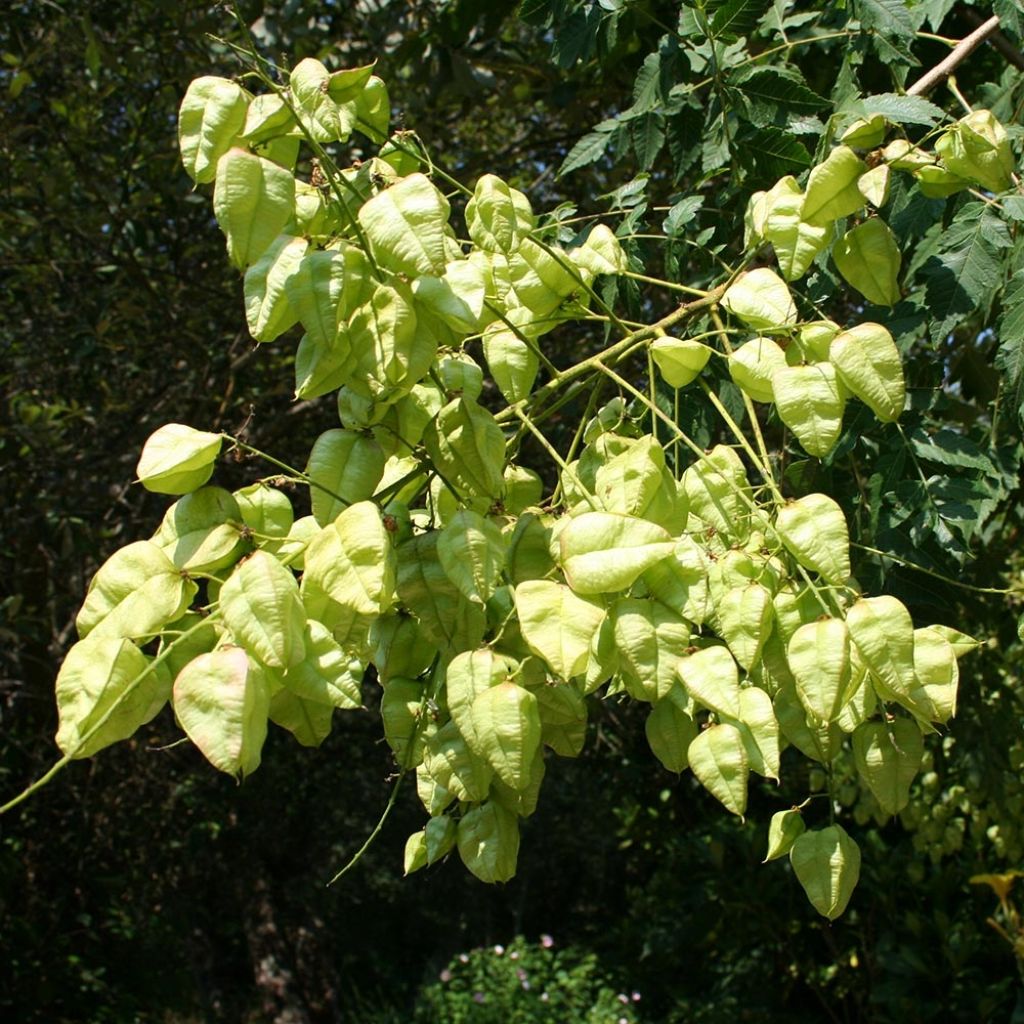

Koelreuteria paniculata
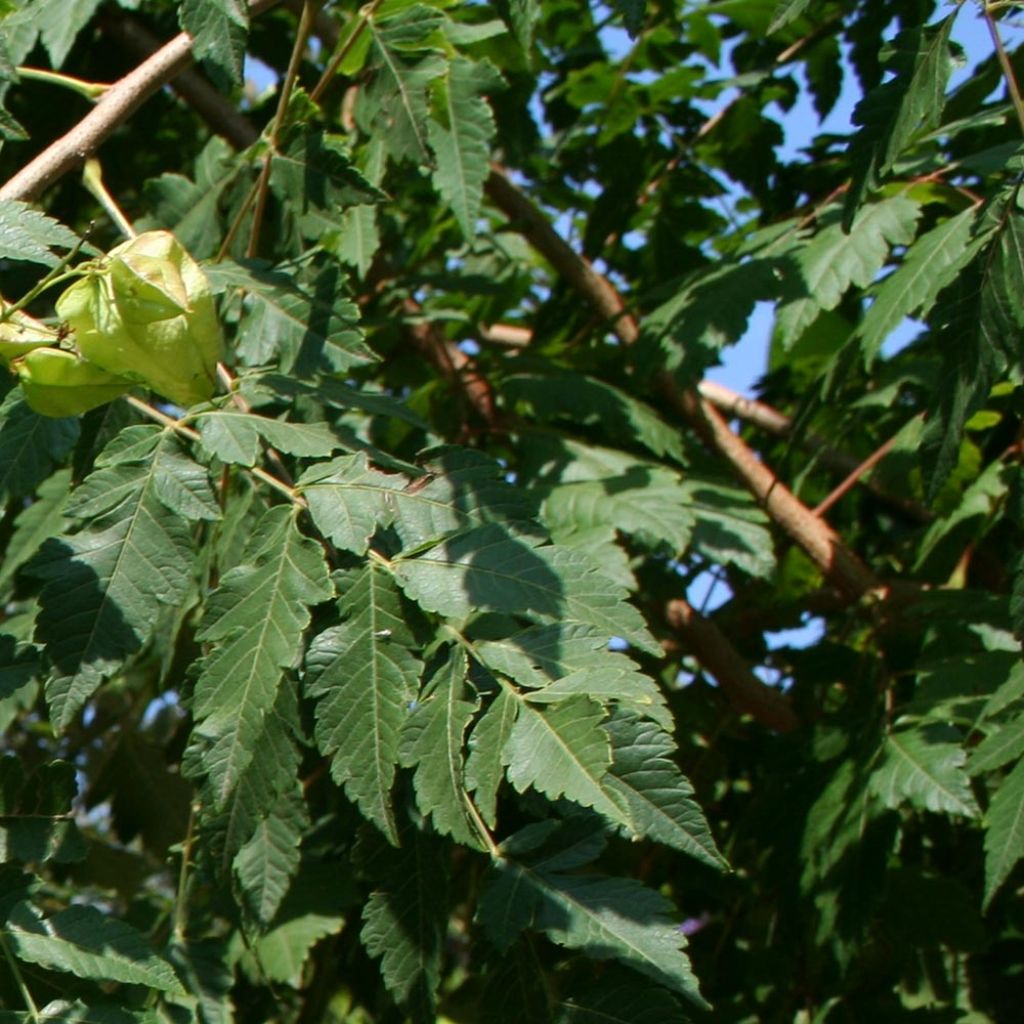

Koelreuteria paniculata
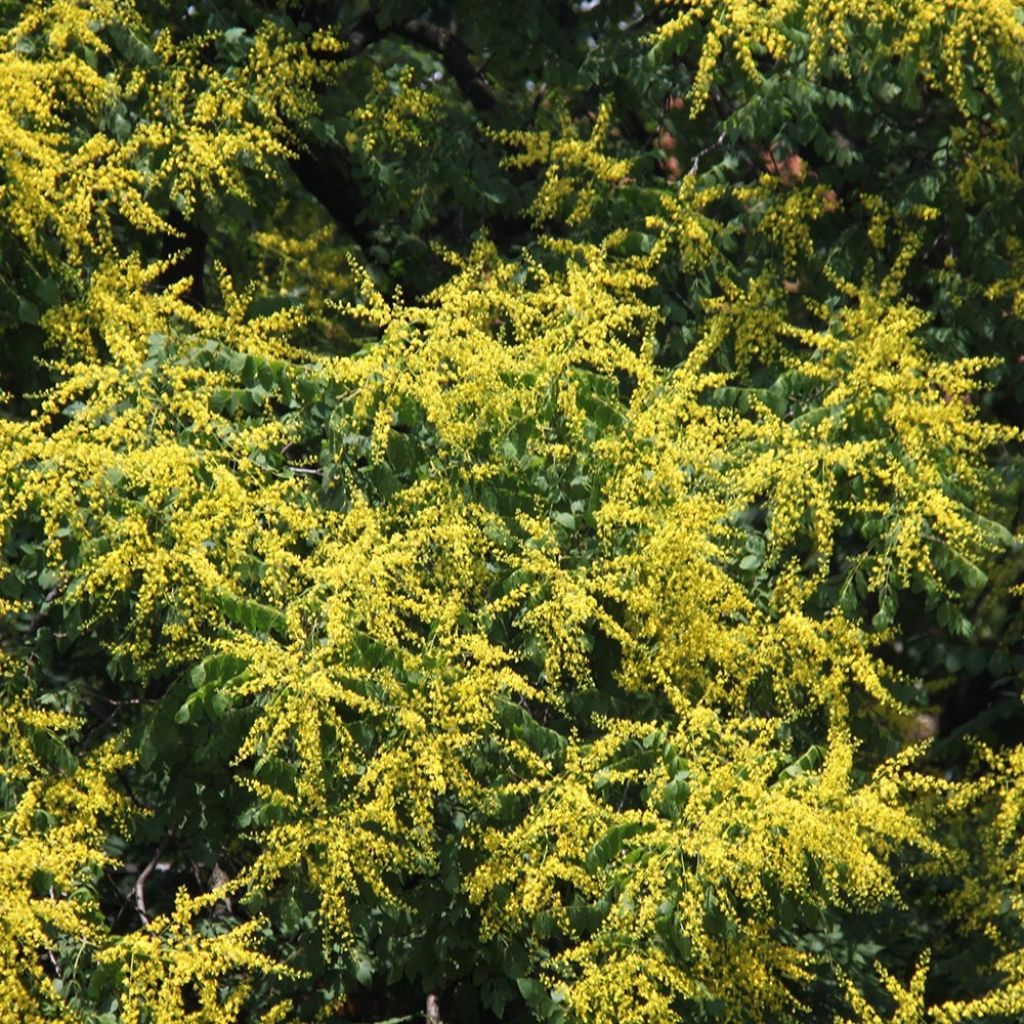

Koelreuteria paniculata
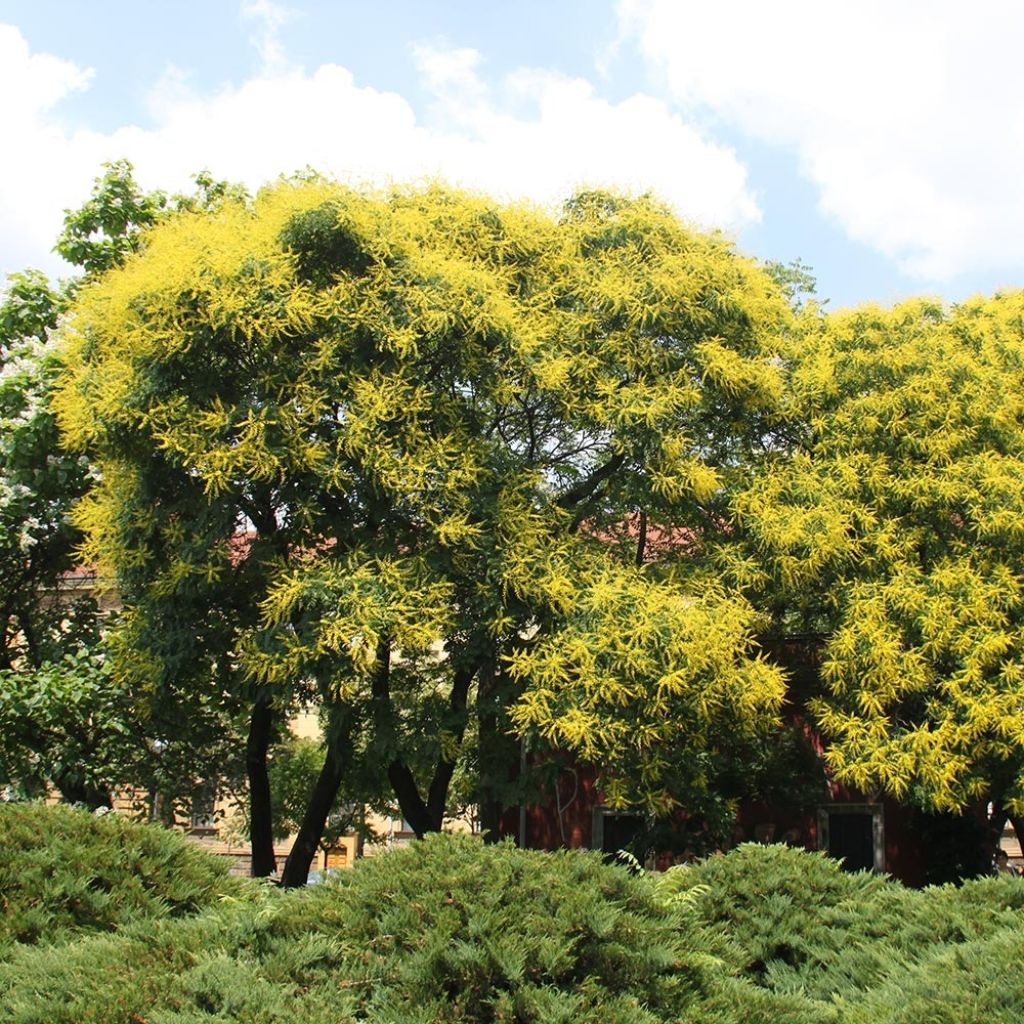

Koelreuteria paniculata
Koelreuteria paniculata
Koelreuteria paniculata
Pride of India, Varnish Tree, Goldenrain Tree, China Tree
This item cannot be shipped to the selected country
Delivery charge from €5.90
Oversize package delivery charge from €6.90
Delivery to Corse prohibited
More information
Schedule delivery date,
and select date in basket
This plant carries a 24 months recovery warranty
More information
We guarantee the quality of our plants for a full growing cycle, and will replace at our expense any plant that fails to recover under normal climatic and planting conditions.
From €5.90 for pickup delivery and €6.90 for home delivery
Express home delivery from €8.90.
Oversize package: home delivery by special carrier from €6.90 per order..
Express home delivery from €8.90.
Delivery to Corse prohibited: UE law prohibits the import of this plant from mainland France to Corse as part of the fight against Xylella fastidiosa. Please accept our sincere apologies.
More information
Does this plant fit my garden?
Set up your Plantfit profile →
Description
Koelreuteria paniculata, also known as Pride of India , carries the evocative name Golden Rain tree, as its vegetation seems to disappear under a mass of brilliantly yellow flowers during hot summers. It is a small tree that is also very ornamental due to its generously rounded silhouette, its lantern-shaped fruits, and its beautiful autumn colours. It is also very easy to grow in almost all soils. As it spreads with age, this Golden Rain Tree will be perfect as a specimen in a medium-sized garden, or planted as an avenue in a park.
Koelreuteria paniculata is native to China and Korea, it belongs to the Sapindaceae family just like horse chestnuts. It is a small tree or a large bush with fairly rapid growth, reaching 6-7m (19 ft 8 in-23 ft) in height and almost as much in width. It forms a single trunk and carries a wide, softly spreading and rounded crown supported by twisted branches. Its bark is brown, with fine orange-coloured striations. The deciduous foliage is composed of pinnate leaves reaching about 40cm (15.7 in) long. Each leaflet is lobed or dentate and about 10 cm (3.9 in) long. Their colour changes from tender spring green to dark summer green, before turning to yellow-orange in autumn. In winter, the branches are naked. Flowering takes place in July-August, in the second part of the summer, and will be all the more spectacular during a hot summer. Conical panicles of flowers, measuring 20 to 40cm (7.9 to 15.7 in) in length, appear at the end of the branches holding small flowers, each with 4 golden yellow petals, and very much appreciated by bees. After pollination, they bare capsules shaped like lanterns, measuring 3 to 6cm (1.2 to 2.4 in) long by 2 to 4 cm wide. Initially pale green, these capsules become brown when ripe in autumn. Each capsule is divided into 3 lobes, each containing a round brown seed. These unusual fruits, once used for jewellery making, can stay on the tree until spring.
The Golden Rain Tree is a rewarding and easy-to-care-for ornamental small tree, which will require some space. It can be planted as a specimen, or in a clear area of the garden or on a property boundary where you can enjoy all its characteristics. In mixed planting, it could be associated with Japanese Sophora, the Persian Ironwood, the Judas tree or the exceptional Carpinus betulus Rockhampton Red.
Report an error about the product description
Koelreuteria paniculata in pictures
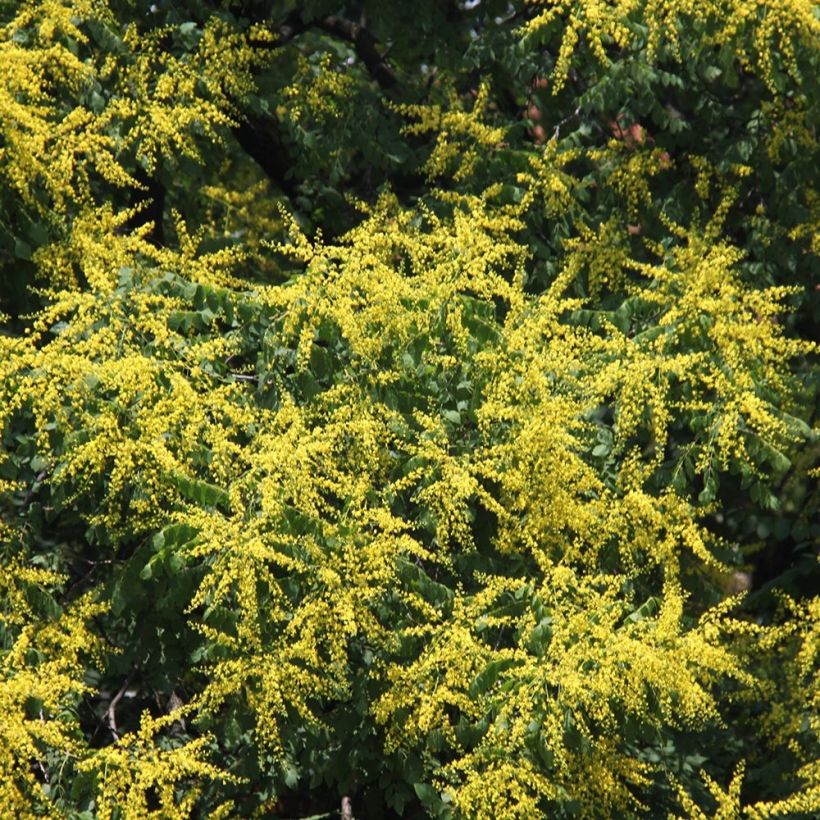

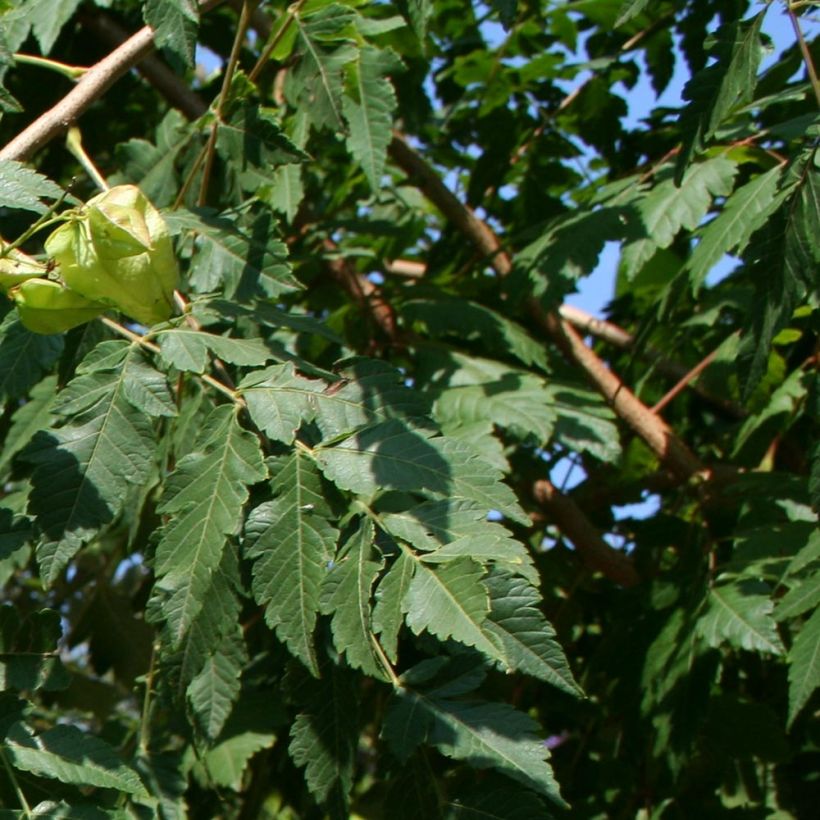

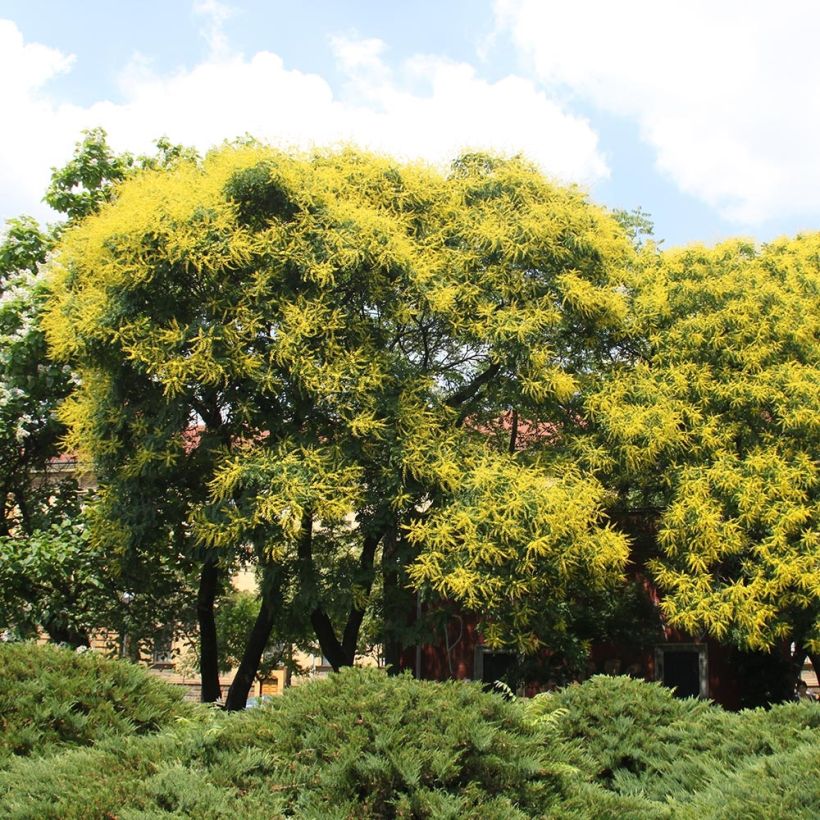

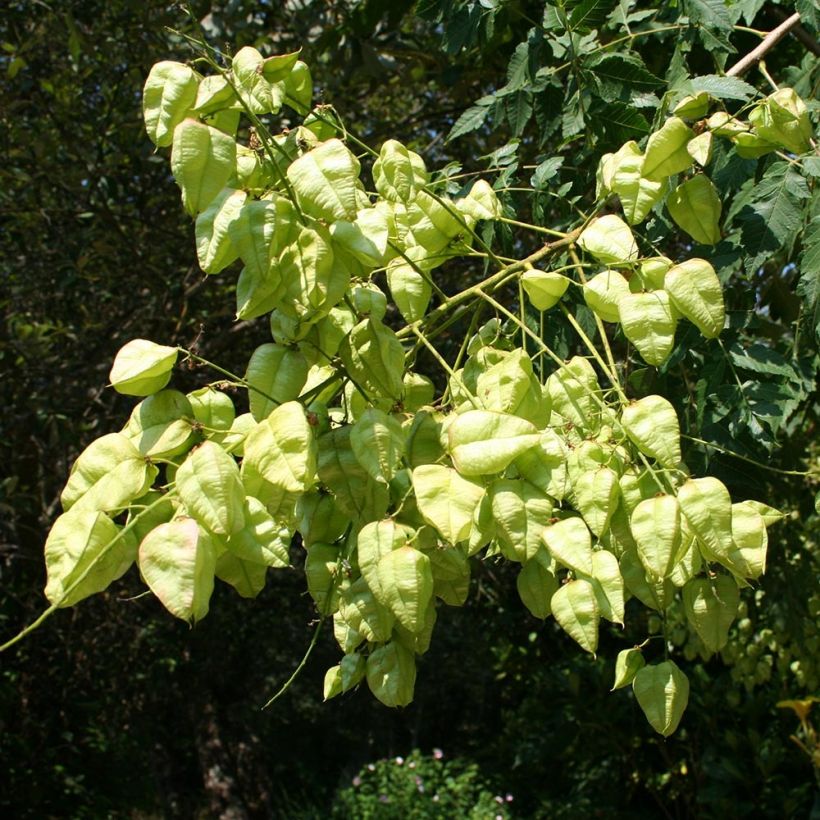

Plant habit
Flowering
Foliage
Botanical data
Koelreuteria
paniculata
Sapindaceae
Pride of India, Varnish Tree, Goldenrain Tree, China Tree
China
Other Koelreuteria - Golden Rain Tree
Planting and care
Koelreuteria paniculata is a hardy tree that is not demanding in terms of soil requirements. It can tolerate partial shade but prefers very sunny and warm places to encourage abundant flowering. Plant it in a sheltered position, away from cold winds, to protect its flowers. It is happy in any type of soil, even limestone, and requires little water once well established. Prune your Pride of India tree before it comes into leaf, at the end of winter, removing dead or diseased wood.
Planting period
Intended location
Care
This item has not been reviewed yet - be the first to leave a review about it.
Striking foliage shrubs
Haven't found what you were looking for?
Hardiness is the lowest winter temperature a plant can endure without suffering serious damage or even dying. However, hardiness is affected by location (a sheltered area, such as a patio), protection (winter cover) and soil type (hardiness is improved by well-drained soil).

Photo Sharing Terms & Conditions
In order to encourage gardeners to interact and share their experiences, Promesse de fleurs offers various media enabling content to be uploaded onto its Site - in particular via the ‘Photo sharing’ module.
The User agrees to refrain from:
- Posting any content that is illegal, prejudicial, insulting, racist, inciteful to hatred, revisionist, contrary to public decency, that infringes on privacy or on the privacy rights of third parties, in particular the publicity rights of persons and goods, intellectual property rights, or the right to privacy.
- Submitting content on behalf of a third party;
- Impersonate the identity of a third party and/or publish any personal information about a third party;
In general, the User undertakes to refrain from any unethical behaviour.
All Content (in particular text, comments, files, images, photos, videos, creative works, etc.), which may be subject to property or intellectual property rights, image or other private rights, shall remain the property of the User, subject to the limited rights granted by the terms of the licence granted by Promesse de fleurs as stated below. Users are at liberty to publish or not to publish such Content on the Site, notably via the ‘Photo Sharing’ facility, and accept that this Content shall be made public and freely accessible, notably on the Internet.
Users further acknowledge, undertake to have ,and guarantee that they hold all necessary rights and permissions to publish such material on the Site, in particular with regard to the legislation in force pertaining to any privacy, property, intellectual property, image, or contractual rights, or rights of any other nature. By publishing such Content on the Site, Users acknowledge accepting full liability as publishers of the Content within the meaning of the law, and grant Promesse de fleurs, free of charge, an inclusive, worldwide licence for the said Content for the entire duration of its publication, including all reproduction, representation, up/downloading, displaying, performing, transmission, and storage rights.
Users also grant permission for their name to be linked to the Content and accept that this link may not always be made available.
By engaging in posting material, Users consent to their Content becoming automatically accessible on the Internet, in particular on other sites and/or blogs and/or web pages of the Promesse de fleurs site, including in particular social pages and the Promesse de fleurs catalogue.
Users may secure the removal of entrusted content free of charge by issuing a simple request via our contact form.
The flowering period indicated on our website applies to countries and regions located in USDA zone 8 (France, the United Kingdom, Ireland, the Netherlands, etc.)
It will vary according to where you live:
- In zones 9 to 10 (Italy, Spain, Greece, etc.), flowering will occur about 2 to 4 weeks earlier.
- In zones 6 to 7 (Germany, Poland, Slovenia, and lower mountainous regions), flowering will be delayed by 2 to 3 weeks.
- In zone 5 (Central Europe, Scandinavia), blooming will be delayed by 3 to 5 weeks.
In temperate climates, pruning of spring-flowering shrubs (forsythia, spireas, etc.) should be done just after flowering.
Pruning of summer-flowering shrubs (Indian Lilac, Perovskia, etc.) can be done in winter or spring.
In cold regions as well as with frost-sensitive plants, avoid pruning too early when severe frosts may still occur.
The planting period indicated on our website applies to countries and regions located in USDA zone 8 (France, United Kingdom, Ireland, Netherlands).
It will vary according to where you live:
- In Mediterranean zones (Marseille, Madrid, Milan, etc.), autumn and winter are the best planting periods.
- In continental zones (Strasbourg, Munich, Vienna, etc.), delay planting by 2 to 3 weeks in spring and bring it forward by 2 to 4 weeks in autumn.
- In mountainous regions (the Alps, Pyrenees, Carpathians, etc.), it is best to plant in late spring (May-June) or late summer (August-September).
The harvesting period indicated on our website applies to countries and regions in USDA zone 8 (France, England, Ireland, the Netherlands).
In colder areas (Scandinavia, Poland, Austria...) fruit and vegetable harvests are likely to be delayed by 3-4 weeks.
In warmer areas (Italy, Spain, Greece, etc.), harvesting will probably take place earlier, depending on weather conditions.
The sowing periods indicated on our website apply to countries and regions within USDA Zone 8 (France, UK, Ireland, Netherlands).
In colder areas (Scandinavia, Poland, Austria...), delay any outdoor sowing by 3-4 weeks, or sow under glass.
In warmer climes (Italy, Spain, Greece, etc.), bring outdoor sowing forward by a few weeks.

































